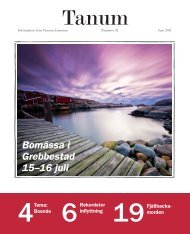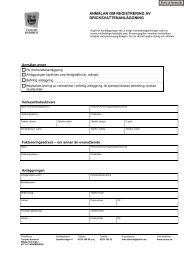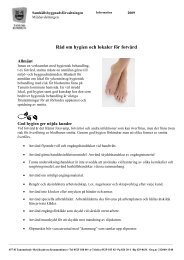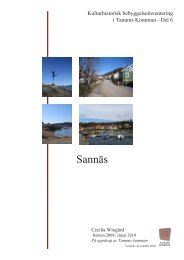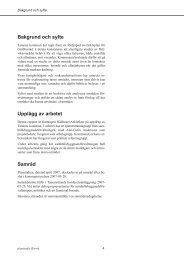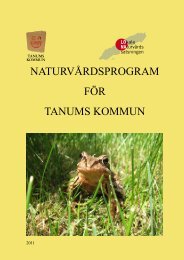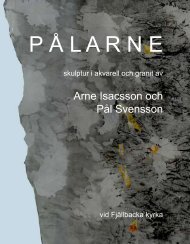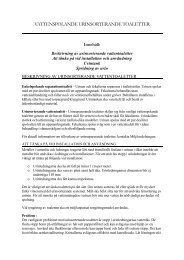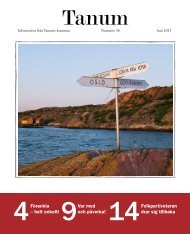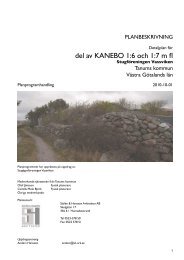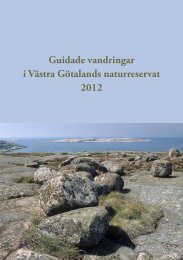Hedgehogs in rural landscapes
Hedgehogs in rural landscapes
Hedgehogs in rural landscapes
Create successful ePaper yourself
Turn your PDF publications into a flip-book with our unique Google optimized e-Paper software.
On the northern edge – behavioural ecology of European hedgehogs (Er<strong>in</strong>aceuseuropaeus) <strong>in</strong> eastern F<strong>in</strong>landAnni RautioThere are very few studies on the ecology of hedgehog <strong>in</strong> its northernmost range. The earlierF<strong>in</strong>nish studies have focused primarily on species distribution and hibernation physiology.We aimed to explore the ecology of the hedgehogs <strong>in</strong> an urban environment. The studyfocused on the behaviour of hedgehogs <strong>in</strong> their urban habitat: home range, habitat use,activity patterns, nest construction and structure. The study took place between 2004-2007.Ma<strong>in</strong> study method was VHF radio telemetry and <strong>in</strong> total 25 adult hedgehogs were tracked.Home range size differed between seasons and sexes. In boreal areas the seasonal homeranges are clearly larger than the home ranges of hedgehogs that live <strong>in</strong> more southernlatitudes. The seasonal home ranges of males (80 ha) were larger than those of females (30ha). It is likely that along with food availability, also parental care among females andconsort<strong>in</strong>g with females among males, affect the home range sizes. The home range overlapwas different depend<strong>in</strong>g on season and with which sex the range overlaps. Althoughhedgehogs are not territorial we found an <strong>in</strong>terest<strong>in</strong>g pattern with low number of femalefemalecore area overlaps. Females avoid each other’s core areas to ensure their own foodavailability and this may be more pronounced <strong>in</strong> boreal area, where the time to accumulate fatstorage is short.The nests are ecologically very important for hedgehogs and they spend most of their life <strong>in</strong>the nests. In this study overall 349 nests were located and 288 of them were day nests, 14breed<strong>in</strong>g, 36 autumn and 11 w<strong>in</strong>ter nests. Most common nest-build<strong>in</strong>g materials were leaves,grass and twigs. Almost half of the nests were located <strong>in</strong> forest and other half was located <strong>in</strong>garden or park. The majority of autumn and w<strong>in</strong>ter nests were located <strong>in</strong> coniferous forests.Forest is an important environment also for urban hedgehogs. There are plenty of safe placesto build a nest and the human disturbance is low. This study shows that forests, wastelandsand differently managed parks and gardens are very important <strong>in</strong> the ma<strong>in</strong>tenance of urbandiversity.9



